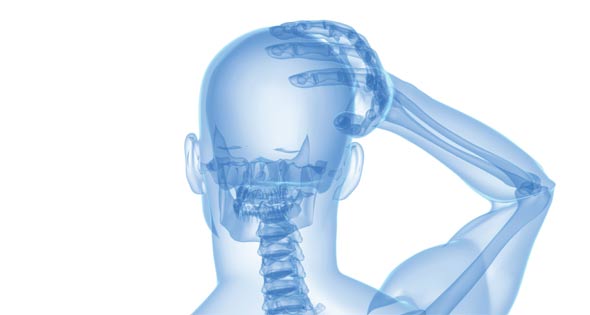When I attended UC Berkeley I majored in Physiology. For my practice treating TMJ (temporomandibular joint disorders) symptoms, this training turned out to be invaluable. This month, I will explain the complexity of treatment, how important it is to understand how muscles work, the causes of muscle spasms, and more importantly, how one should treat these problems.
There are two major factors involved in what most people call TMJ. One is the actual joint dysfunction and the other is the dysfunction of the facial muscles, otherwise labeled as MFPD (myofacial pain dysfunction) by those in our field. MFPD can manifest in many ways, sometimes resulting in unnecessary root canals, misdiagnosis of symptoms as migraines, neurological problems, fibromyalgia and unnecessary, very expensive dental work. In the majority of the TMJ cases the pain is commonly due to muscle dysfunction. This is the case, unless of course the patient had trauma or injury to the actual joint. In all cases, I can help.
The holistic approach used at Advanced Oral Diagnosis and Treatment Center, my clinic in Danville, first concentrates on a full medical history and discussion of your symptoms in detail. Knowing when the symptoms occur, how often they occur and what activities are taking place when they do, are all vital bits of information that help me arrive at the proper diagnosis. In most cases I design and fabricate an oral appliance which makes it possible to see if the occlusion of the teeth is related to the problem. The face, head and neck are palpated to check for muscle malfunction, pain and spasms. Those little, hard and tender bumps that you may feel in your cheeks must be dealt with.
The posture of the head is controlled, in part, by the muscles that create the function of your jaw. The muscles of the neck balance with the jaw muscles, thus, pain in the facial muscles is usually accompanied by neck and shoulder pain. Proper treatment of MFPD will often require the treatment of these muscles with physical therapy, occasional use of muscle relaxants, ultra sound and/or laser therapy. (Prescription pain medications can often add to the MFPD symptoms, and therefore should be avoided unless absolutely necessary.) We have a wonderful network of outside referrals at my center that specialize in the treatment of these MFPD symptoms with whom we work closely.
Those hard lumps we call muscle spasms generally will not go away without proper therapy. They are caused by overuse of the muscle resulting in a binding of the muscle filaments which locks the muscle fibers together, thus interfering with the ability of the muscle to contract properly. The muscle fibers on each side of the spasm, and some within, continue to be able to contract which can be very painful when held by the non-functioning fibers. I have seen months of muscle pain end with just one or two laser treatments.
Occasionally, once the symptoms are reduced enough to find the cause, it is necessary to correct the malocclusion of the teeth. It is not the poor bite that caused the problem, but the clenching of the teeth when the bite is so off balance that the joints are not in place. A properly designed splint (orthotic appliance) not only prevents this damage, but allows the joint to seat itself so that the proprioceptive nerves no longer are active. Ideally, your teeth should only come together when swallowing.
If you are suffering from TMJ symptoms including popping, clicking or sandy sounds; jaw locking; headaches/migraines; ringing in your ears; joint pain; pain in your facial muscles, neck, shoulders or the top of your head; or even tooth pain that root canals or other dental work hasn’t been able to fix, please don’t hesitate in calling my office for a free consultation. We will be able to answer insurance questions, facilitate a referral from Kaiser, or even or set up payment options with no interest.
Life is too short to not live pain free. Best wishes toward your health and well-being.
Robert Brown, DDS has a TMJ, orthodontia, and sleep apnea practice in Danville and thoroughly enjoys discussing holistic medicine. You can contact him at 925-837-8048, at info@aodtc.com, or visit his web site at www.aodtc.com.

Leave a Reply